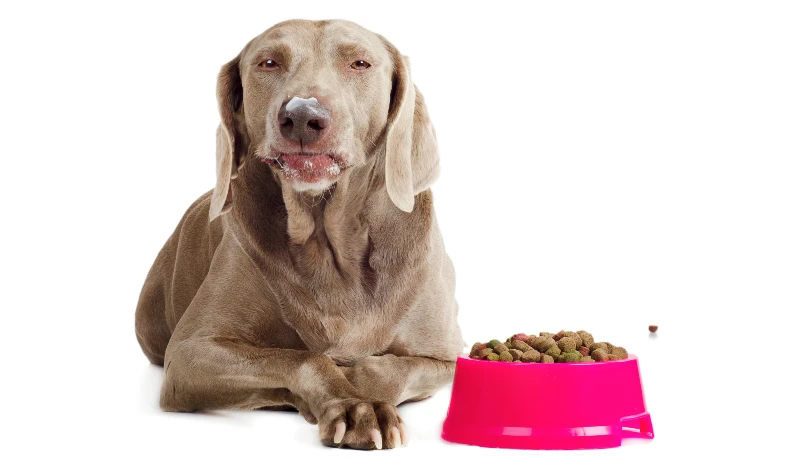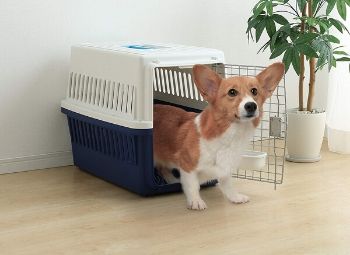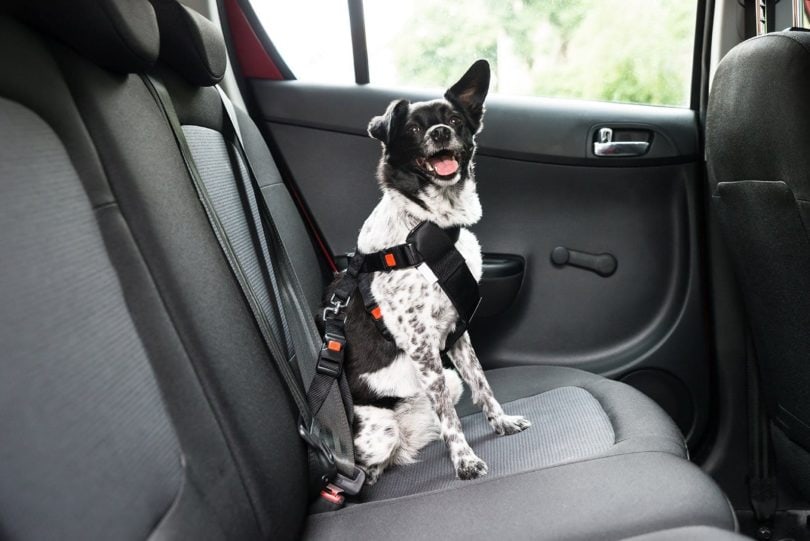How to Stud Your Dog for the First Time (Vet Reviewed Beginner’s Guide)
Updated on
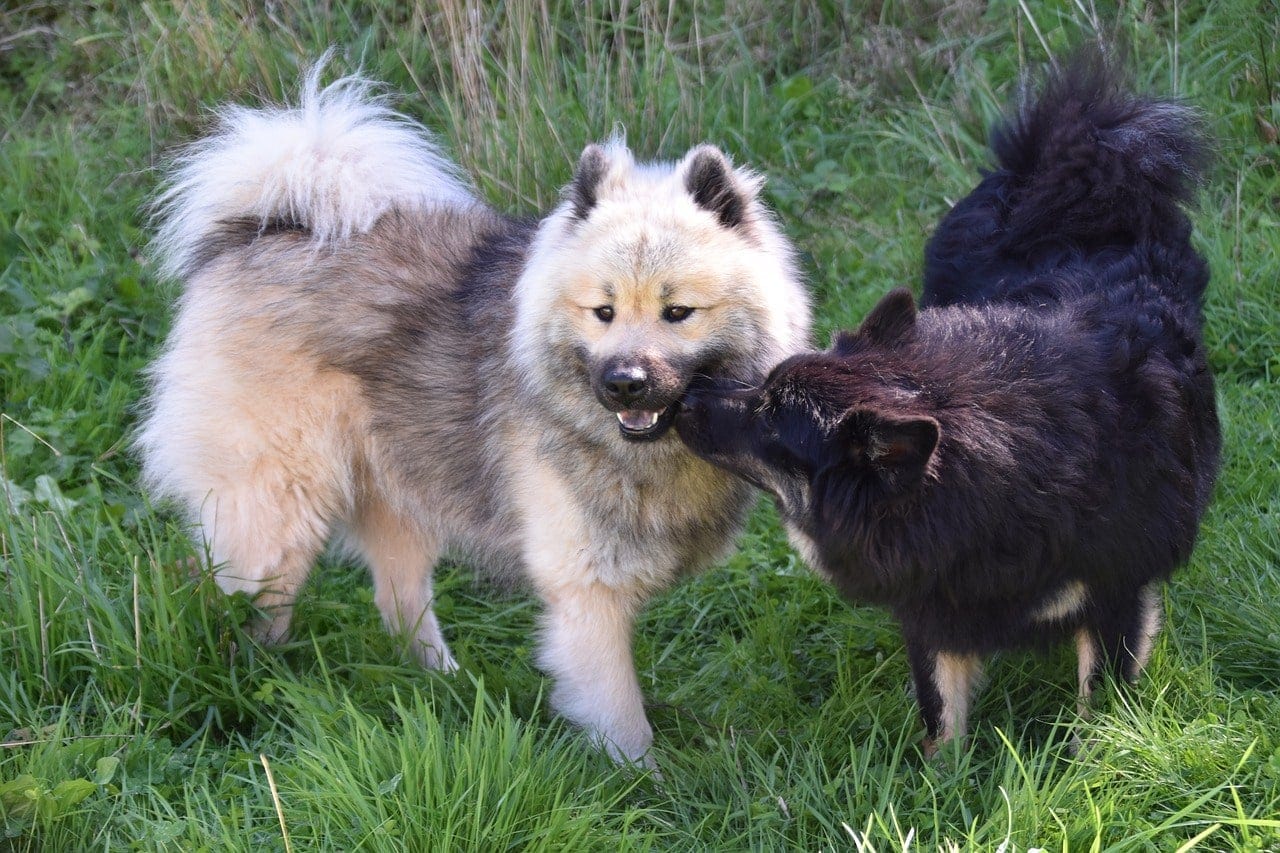
We get it — you have the greatest dog that has ever lived. Your pooch is so fantastic, in fact, that you’d like to make dozens of little carbon copies of them.
You might think that studding your dog is easy. All you have to do is put two pups together and let nature take its course, right? However, there are certain things that you should know ahead of time to ensure that everything goes smoothly for everyone involved.
In this guide, we’ll show you exactly what to do to ensure that your dog’s first stud experience is a positive one.
Studding a Dog: Before You Begin
First Off, What Is a Stud?
Simply put, a stud is any dog that’s used for breeding. Both male and female dogs can be referred to studs, but typically, you’ll only see males called studs. Females, on the other hand, are usually called bitches.
Studs are usually registered, purebred animals. You won’t see mutts referred to as studs, no matter how attractive they are.
As a result, you’ll need to understand your dog’s breed before you get started. That means finding any papers you have affirming their heritage, as well as familiarizing yourself with the breed standard so you know what your pooch has to offer.
You can do this by researching on the internet, watching videos, attending breed-specific events, reading books, or checking out dog shows. Dog shows and breed-specific events are especially good because they’ll give you the opportunity to network with people who may be interested in your dog’s services.
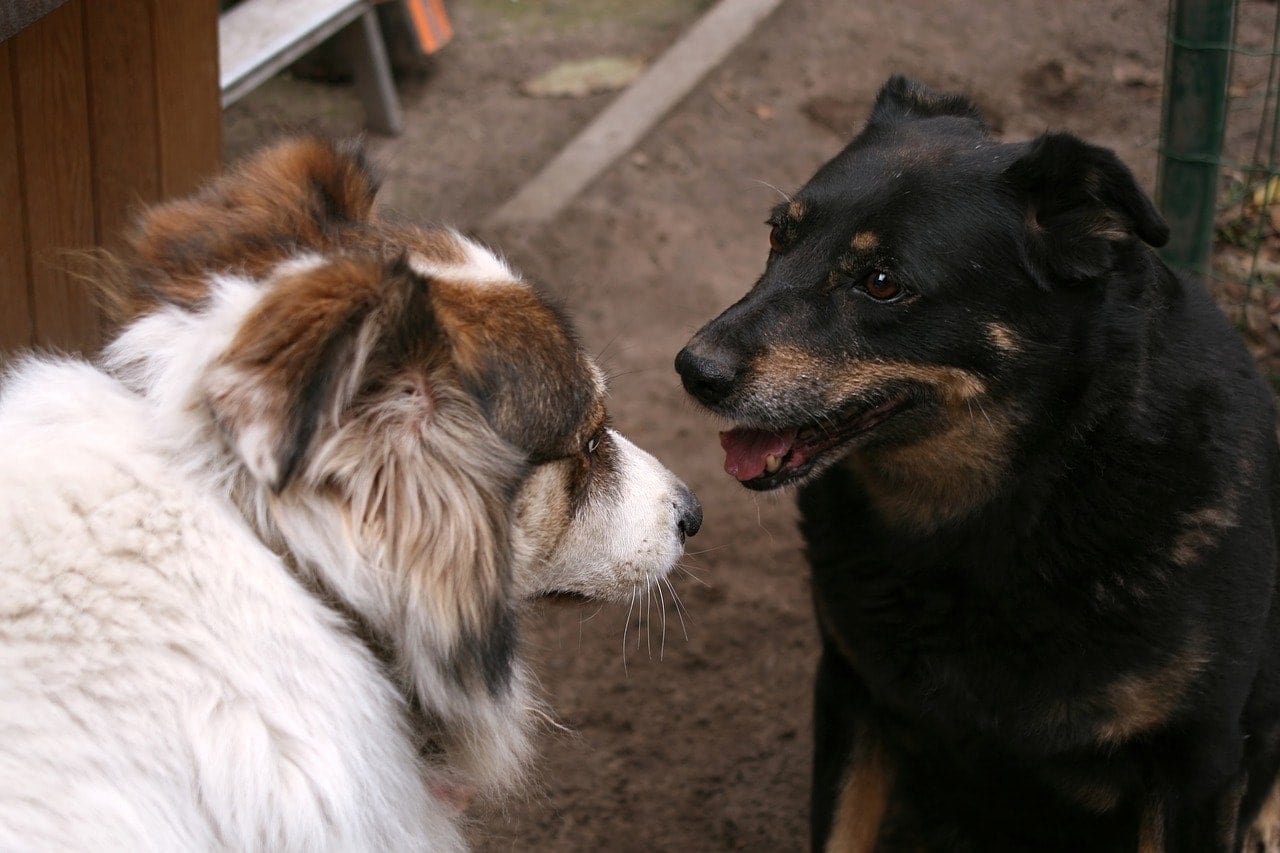
Know Why You’re Breeding Your Dog
There are good reasons and bad reasons to breed a dog. Bad ones include wanting to make extra money or simply wanting to have puppies around.
A good reason to stud your dog, on the other hand, is to improve the breed. That means ironing out flaws in your dog by breeding it with a dog that lacks those flaws, with the end goal to produce flawless puppies.
You can sell or show those dogs if you like, but remember the end goal is to leave the breed better than you found it. It’s not about you — it’s about the dogs.
Realize That This Isn’t an Easy Process
Studding a dog isn’t easy; it takes a great deal of effort and way more time than you’d expect. That’s true even if the breeding process isn’t successful, but if it is, you should realize that raising puppies is a full-time job.
Many people get into animal breeding thinking that it will only take a few hours a week or that it will be a one-time commitment. That’s a great way to find yourself in over your head, and it makes it much more likely that the entire process will be a chore for both you and the dogs.
You should also be aware that nothing ever goes flawlessly. A huge part of being an animal breeder is solving problems, whether they occur during the siring or raising process.
It’s also important to realize that this will be expensive. Even if you’re planning on selling the puppies for quite a bit of money, there’s a long time between breeding the dogs and selling the puppies. The dogs will still need to eat during that time, for example, so be sure you have the capital necessary to keep them alive and healthy.
Choose a Suitable Mate
This is possibly the most important step, but it’s also the one that many breeders skimp on. They figure that any mate that’s both purebred and available will be good enough.
This goes hand-in-hand with the “improve the breed” ethos; your primary concern when studding a dog is finding a complementary mate. Your dog should improve their flaws and vice versa.
Don’t just look at the individual animal either. You should study their entire heritage because a single dog can always be an anomaly. For example, if you need a dog with a lustrous coat, make sure that lustrous coats run in the family and aren’t just a feature of that particular dog.
The most important thing to do is avoid hereditary diseases as much as possible. This isn’t entirely within your power, of course, but if you can study the mate’s bloodlines, you may be able to spot troubling genetics that don’t need to be passed on to future generations.
All of this requires at least a basic understanding of genetics, so if you’re not familiar with the subject, it’s time to brush up. At the very least, you should have an understanding of dominant vs. recessive genes and how they affect a dog’s offspring.
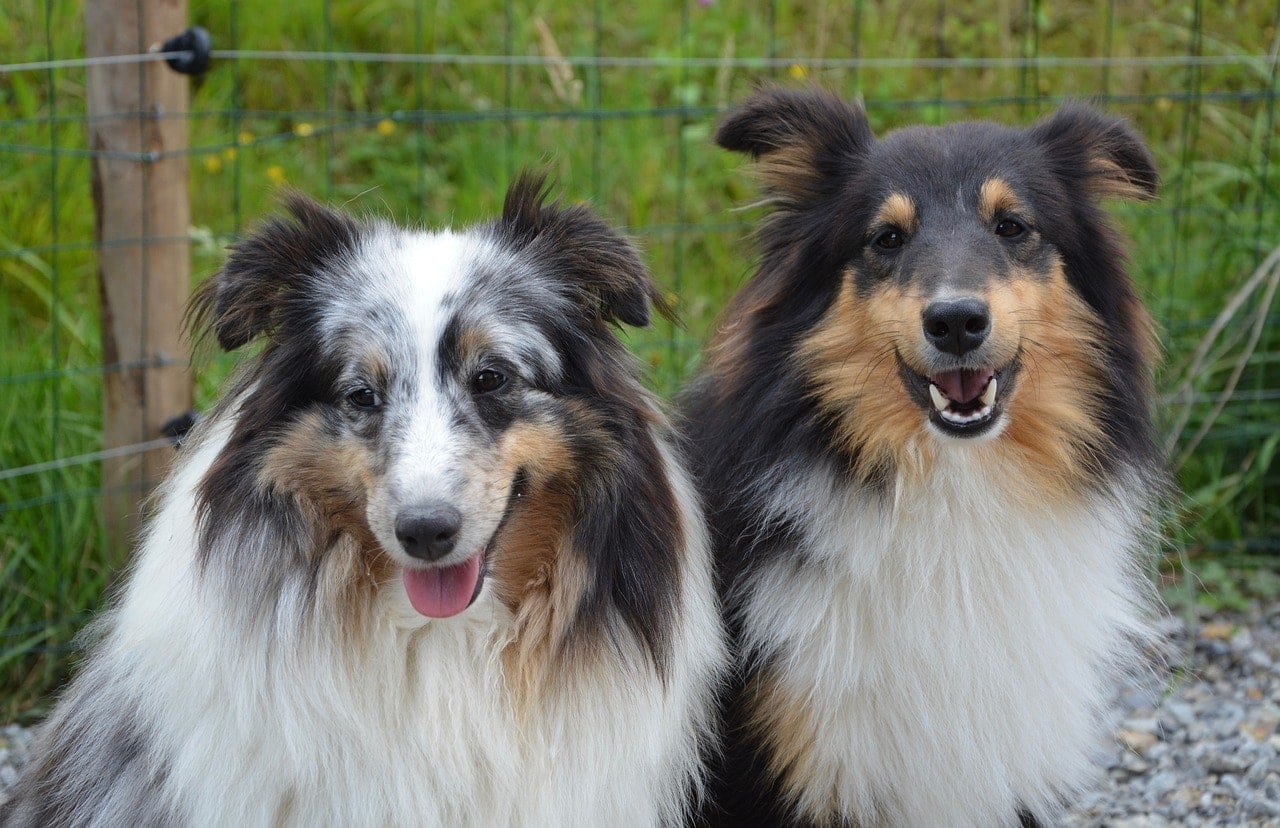
Other Things to Consider in a Mate
The previously mentioned issues are the most important to think about, but they’re also the ones that most people already know about. There are many things that you need to consider when breeding a male dog for the first time.
When picking a mate, you want to make sure that both dogs are of a similar size or that the male is bigger. If you have a young male and an older female, he might not be tall enough to mount her properly, which can cause all sorts of issues during mating.
Also, keep proximity in mind. You may need to drive to the other dog’s house multiple times over several months, so if they live a few hundred miles away, that will get old (and expensive) fast.
Make sure their schedules mesh with your own as well. It may sound ridiculous to plan your life around a dog, but many in-demand studs have full schedules.
Talk to a Lawyer
You can go into a breeding situation with only a handshake agreement, but that’s a great way to ensure that everyone walks away unhappy, and those agreements often end up with both sides talking to a lawyer after the fact.
Instead, consult an attorney beforehand to draw up a stud agreement. The agreement should include a stud fee, discussion of what to do with the puppies, and what paperwork (such as genetic screenings or proof of heritage) is required beforehand.
Agreeing on a contract is the best way to ensure that everyone is on the same page before things get too far down the road, and it also lets you cover your rear in case there’s disagreement at a later date. You’ll be especially glad you have one if the resulting pups become prizewinners.
Everyone involved should sign the contract and receive a copy for their records. This will hopefully nip any potential issues in the bud, but if it doesn’t, you have cold hard proof of what was agreed to.
Make Sure Both Dogs Are in Shape
If you’re taking the stud process seriously, you need to be sure that both animals are in the best shape possible before beginning. This means thorough checkups, including genetic screenings and pre-breeding tests (who pays for these exams should be clearly spelled out in the stud contract).
Both dogs should be fed a nutritious diet and given plenty of exercise. If you want the best puppies, then you need parents who are in great shape, with no nutritional deficiencies or health problems. Parenthood is hard on the body, after all.
The bitch should get a pre-breeding physical about a month before the act occurs, and both dogs should get checked for brucellosis, which is a disease that can cause sterility or spontaneous abortion. They should both be up to date on their vaccines as well.
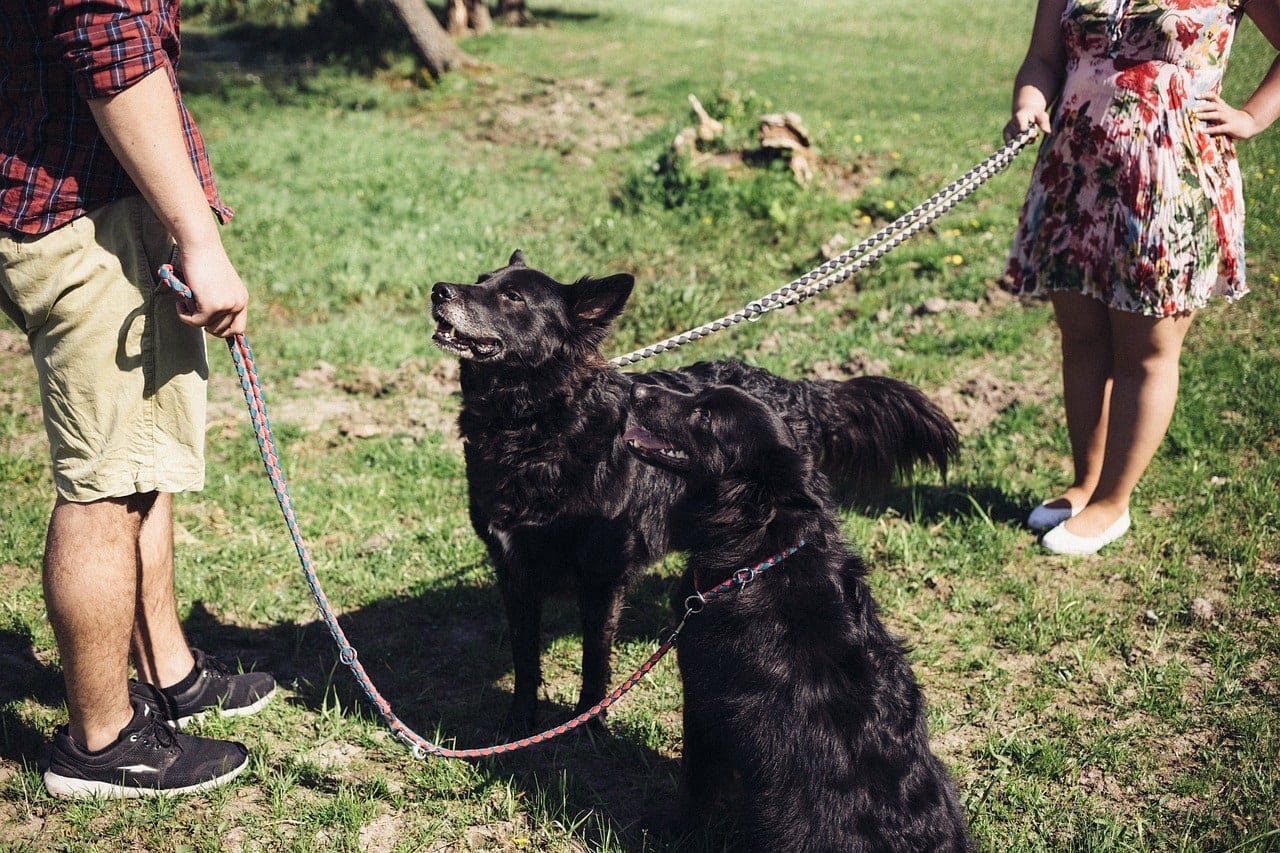
Make Sure Both Dogs Are of a Suitable Age
Different breeds reach sexual maturity at different times, but most bitches start going into heat around 6 months or so. However, it’s generally recommended not to breed them during this first heat, as successful mating will put a tremendous strain on their still-developing bodies. Breeding a male dog for the first time can wait until the other dog is old enough.
Also, don’t breed on successive cycles; always take at least one heat off in between. This gives the bitch’s body time to recover.
At the other end of the spectrum, try to avoid mating two older dogs, even if they’re both still fertile. Breeding is hard on both animals, and they’ll find it more difficult to recover quickly. The pups may also suffer if the bitch isn’t able to get enough rest and recuperation between breeding.
There’s something to be said for experience, though, so you may not want to pair two extremely young dogs together. Aim for a happy-medium. Most experts recommend waiting until the bitch is at least 2 years old.
How to Stud Your Dog:
Wait Until the Right Day of the Cycle
The first day of the cycle is considered the day the bitch starts bleeding. Counting from that day, you should try to breed her on the 10th day through the 14th. You can breed her several times during that period, assuming that she’ll accept the male.
That doesn’t mean that your work begins on the 10th day, though. You should introduce the two dogs before then to allow them to get used to one another.
There’s a good chance that the female won’t be in any mood to accept the male, but you should still let them get acclimated to one another unless her aggression gets out of hand. This makes things go much more smoothly during the actual breeding since there will be some familiarity between the two animals.

Know How Involved to Get During the Mating Process
Most experts recommend letting nature take its course during the actual mating, and this is more likely to be successful if the two dogs have already established a rapport. However, sometimes nature needs a little encouragement.
You may need to be around to calm your dog or to encourage them to begin the mating process. Someone may need to hold the bitch so the male can mount her, or someone may need to hold the male in place so he doesn’t pull out prematurely.
You need to be careful not to be too involved, though, as this may be off-putting and discourage copulation. The idea is to provide the bare minimum of assistance and to leave the lovers to their own devices otherwise.
The first time might be tricky, and this is when you’ll likely need to provide the most assistance. As the dogs become familiar with the process, though, you should need to be less and less involved.
You should also make sure that the mating happens in a place that your dog is familiar and comfortable with, at least the first time. If they’re unsure about their surroundings, they’ll spend more time investigating the environment than getting down to business.
After Mating Is Complete
Your responsibility after mating will depend on what was agreed upon in the stud contract. If you have a male dog, chances are that you won’t have much to do after a successful mating, except possibly collect your share of the puppies.
Taking care of a pregnant bitch is much more involved, and it’s also beyond the scope of this article. Just know that caring for a pregnant dog is very complicated when you’re dealing with the offspring of two registered animals, so plan on devoting quite a bit of time and money to it.
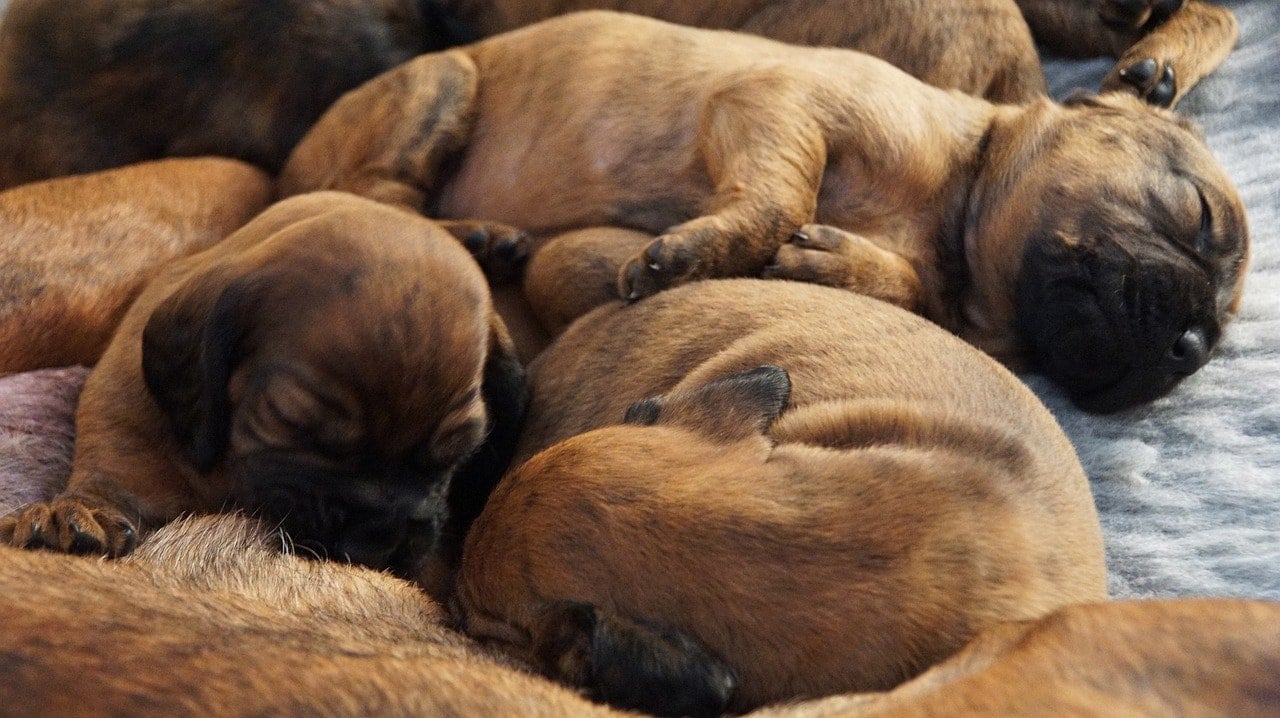
Good Luck With Your New Puppies
Despite what you might instinctively assume, studding a dog is not exactly an easy thing to do, and there are myriad opportunities to mess up. However, if you do a little research and learn your stuff ahead of time, there’s no reason that you can’t have a successful breeding on your first attempt.
Who knows? Once you and your dog get the hang of it, you may end up with the most in-demand stud in town on your hands. Not bad for an animal who spends most of his free time barking at the dog in the mirror.
Featured Image Credit: Pixabay





